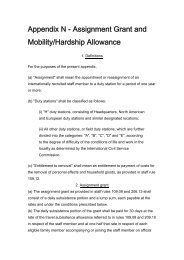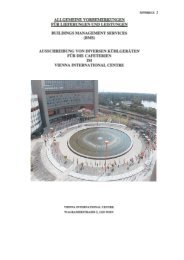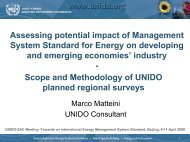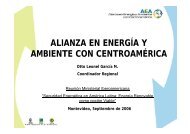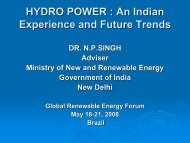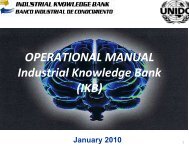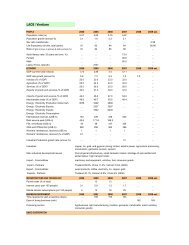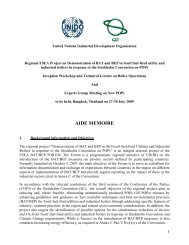Foreign direct investment in Southeast Asia: - Regional Office China
Foreign direct investment in Southeast Asia: - Regional Office China
Foreign direct investment in Southeast Asia: - Regional Office China
Create successful ePaper yourself
Turn your PDF publications into a flip-book with our unique Google optimized e-Paper software.
In conclusion, Frank Bartels suggested that key lessons for policy-makers<strong>in</strong>cluded: i) be<strong>in</strong>g open to new approaches and <strong>in</strong>novative ideas; ii) seek<strong>in</strong>gways to differentiate one self from others, <strong>in</strong> terms of FDI policies; iii)identify<strong>in</strong>g ways to better harness FDI <strong>in</strong>puts and generate synergies fromthese <strong>in</strong>puts; iv) adopt<strong>in</strong>g a holistic approach to <strong><strong>in</strong>vestment</strong> promotion, andnot focus<strong>in</strong>g exclusively on MNEs; and v) work<strong>in</strong>g to make the enabl<strong>in</strong>genvironment conducive to all <strong>in</strong>vestors, through long-term strategies, ratherthan short-term palliatives, such as <strong>in</strong>centives.Research needsStemm<strong>in</strong>g from the EGM, a number of issues were identified where thecurrent body of knowledge is still relatively limited. These issues meritfurther and deeper empirical research and analysis, so as: i) to betterunderstand their characteristics; and ii) thereby assist policy-makers todesign new FDI policies and strategies appropriate for the foreign <strong><strong>in</strong>vestment</strong>activity of today and tomorrow.There is def<strong>in</strong>itely a need to more clearly and accurately depict, and betterunderstand, new dynamic trends with<strong>in</strong> the ‘<strong>in</strong>tegrated global factory’concept. Notably with regard to the emergence of looser and less vertically<strong>in</strong>tegrated <strong>in</strong>ternational production networks, and what impact this is (orshould be) hav<strong>in</strong>g on FDI promotion policy. For example, should policymakersshift further away from conventional <strong><strong>in</strong>vestment</strong> promotion policies,and design new strategies that are better tailored to meet the rise of the‘<strong>in</strong>tegrated global factory’? Indeed, to what extent is the conventional role ofIPAs becom<strong>in</strong>g redundant, as the emphasis on FDI promotion shifts to amore holistic approach of improv<strong>in</strong>g the bus<strong>in</strong>ess-enabl<strong>in</strong>g environment, fordomestic and foreign <strong>in</strong>vestors alike?A key miss<strong>in</strong>g element <strong>in</strong> our current body of knowledge are the FDI (andpossibly FPI) aspects of global value (and supply) cha<strong>in</strong>s, which serve to<strong>in</strong>ter-connect the nodal po<strong>in</strong>ts of the ‘<strong>in</strong>tegrated global factory’. Untilrecently, global value and supply cha<strong>in</strong>s have not been viewed through the47



